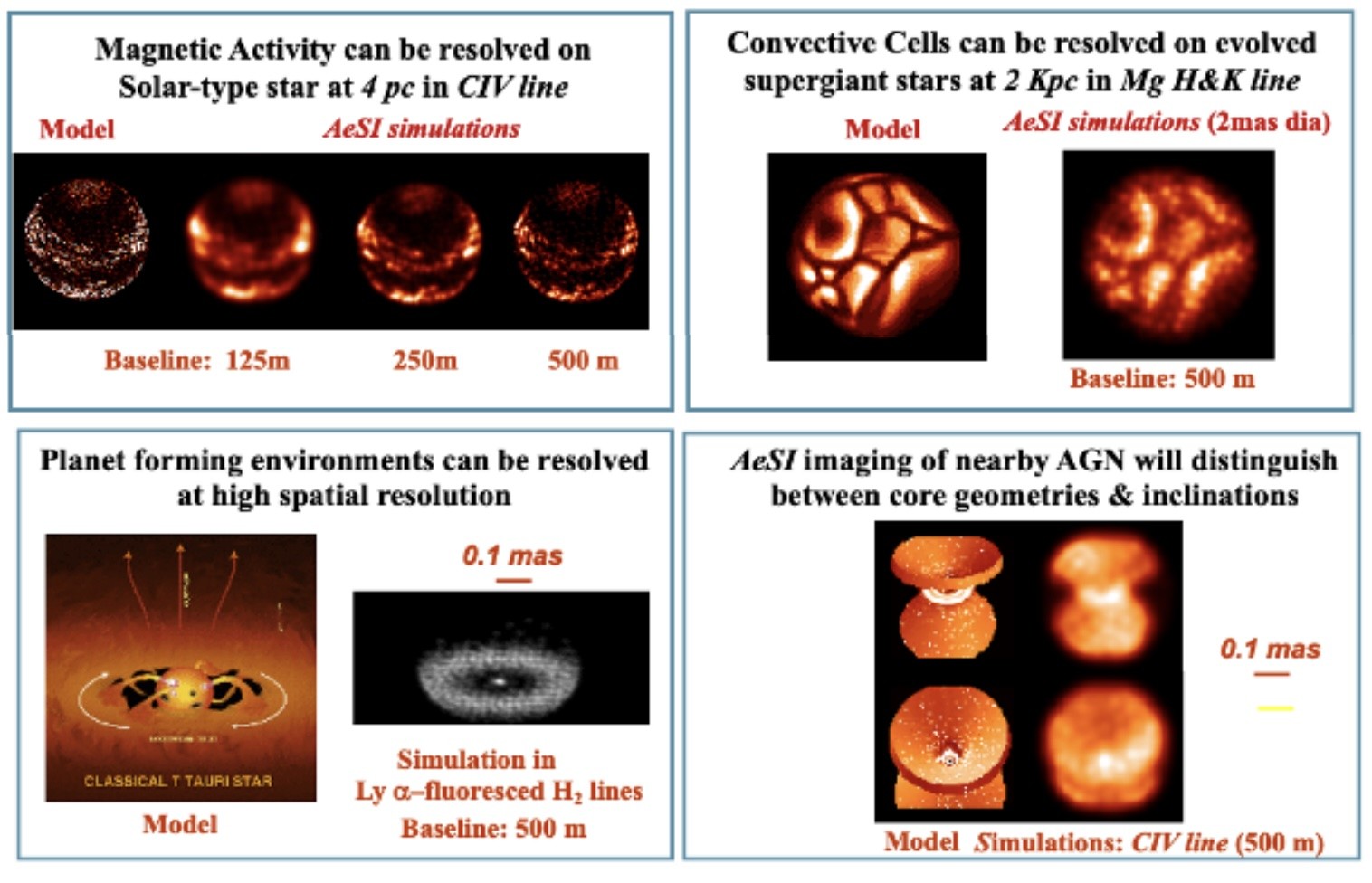Event JSON
{
"id": "f59e442eebae5e54d1561a1b4483aad73769db6d0ec0a7f28aaa70f384f1ba0f",
"pubkey": "f06c0d239b29f2884d1a345bd1e120125610976d968e6002bb324116b70fc39e",
"created_at": 1723497665,
"kind": 1,
"tags": [
[
"proxy",
"https://m.universetoday.com/@fraser/112951143008541789",
"web"
],
[
"imeta",
"url https://m.universetoday.com/system/media_attachments/files/112/951/142/992/910/288/original/e601cf56f4df333e.jpg",
"m image/jpeg"
],
[
"proxy",
"https://m.universetoday.com/users/fraser/statuses/112951143008541789",
"activitypub"
],
[
"L",
"pink.momostr"
],
[
"l",
"pink.momostr.activitypub:https://m.universetoday.com/users/fraser/statuses/112951143008541789",
"pink.momostr"
],
[
"-"
]
],
"content": "NASA has committed to returning humans to the Moon within a few years. This time, they aim to establish a permanent presence. A new heavy-lift rocket and a commitment to lunar exploration create an opportunity: building a mind-bogglingly powerful telescope on the Moon. A recent NIAC grant proposes constructing a multi-telescope interferometer on the lunar surface, spanning 500 meters. This would provide 100 times the resolution of Hubble or JWST.\n\nhttps://arxiv.org/abs/2408.04699\nhttps://m.universetoday.com/system/media_attachments/files/112/951/142/992/910/288/original/e601cf56f4df333e.jpg\n",
"sig": "c1cb58802adc12829133aa782b941da3ea368bdd69baa85fc4463762654aff90c7f814db6b4d5dc8845cf1d784ec1dfae19ec56f983260be8525426b8e653fe2"
}

